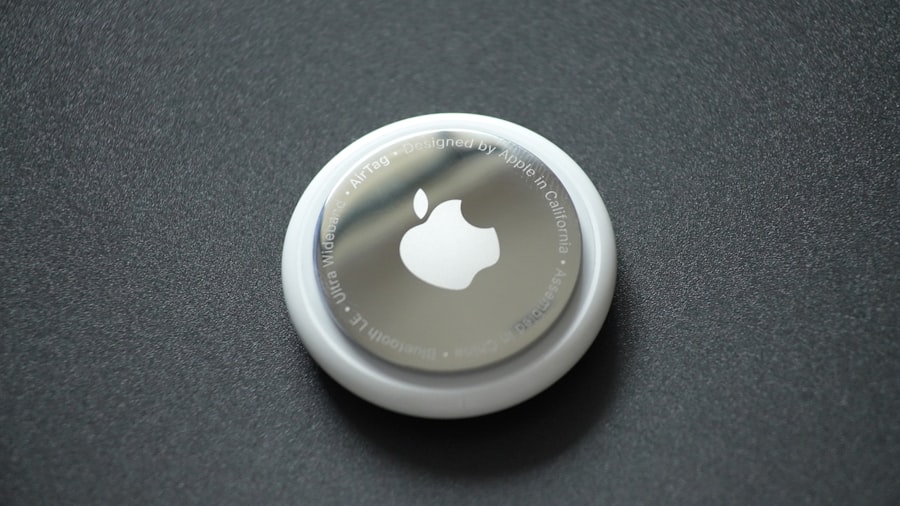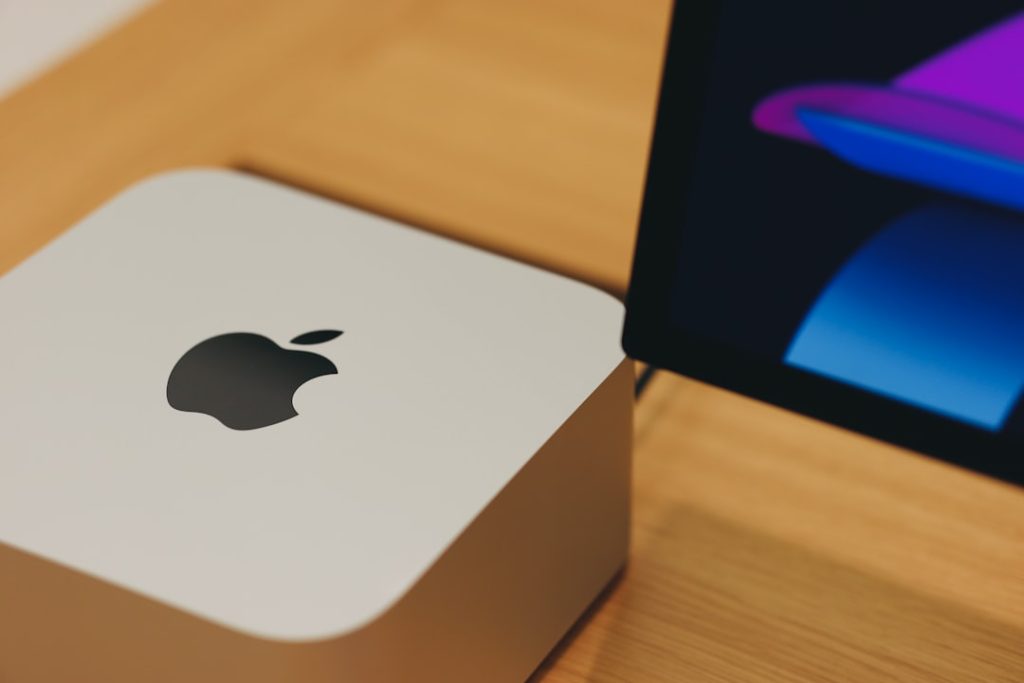Reaching out to Apple Support can be a straightforward process, but understanding the various channels available can enhance your experience. The most direct method is through the official Apple Support website, where users can navigate to the support section tailored to their specific product. Here, you can find a wealth of resources, including articles, troubleshooting guides, and community forums.
The website also allows you to initiate a chat with a support representative or schedule a call at your convenience. This flexibility ensures that you can get assistance in a manner that suits your schedule and preferences. In addition to the website, Apple offers support through its dedicated mobile app, Apple Support.
This app provides a user-friendly interface where you can browse topics related to your devices, access personalized support options, and even manage your service requests. For those who prefer speaking directly with someone, Apple’s customer service hotline is available, providing immediate assistance for urgent issues. The combination of these resources means that whether you prefer digital communication or a more personal touch, Apple Support is equipped to meet your needs.
Key Takeaways
- Contact Apple Support through their website, phone, or in-person at an Apple Store
- Troubleshoot common Apple product issues by restarting the device, checking for software updates, and resetting settings
- Set up an appointment at the Apple Store Genius Bar for in-person technical support
- Understand AppleCare and extended warranty options for additional coverage and support
- Get help with Apple ID and iCloud issues by contacting Apple Support or visiting the Apple website for troubleshooting tips
Troubleshooting Common Apple Product Issues
Apple products are renowned for their reliability, but like any technology, they can encounter issues from time to time. One common problem is battery performance, particularly with older devices. Users may notice that their iPhone or MacBook does not hold a charge as well as it used to.
In such cases, checking battery health is crucial. For iPhones, this can be done in the Settings app under Battery > Battery Health. If the maximum capacity is significantly lower than 100%, it may be time to consider a battery replacement.
Another frequent issue involves connectivity problems, especially with Wi-Fi or Bluetooth. Users may find that their devices struggle to connect to networks or peripherals. A simple yet effective troubleshooting step is to restart both the device and the router or accessory in question.
Additionally, ensuring that the device’s software is up to date can resolve many connectivity issues, as updates often include bug fixes and improvements. If problems persist, resetting network settings can be a more drastic but effective measure, though it will require re-entering Wi-Fi passwords and reconnecting Bluetooth devices.
Setting Up an Appointment at the Apple Store Genius Bar

For more complex issues that cannot be resolved through online support or troubleshooting, visiting an Apple Store and consulting with a Genius Bar technician may be necessary. Setting up an appointment is a straightforward process that can be done through the Apple Support app or the website. Users simply need to select their device type and describe the issue they are experiencing.
The system will then guide them through available appointment times at their nearest store. When preparing for a Genius Bar appointment, it’s beneficial to gather relevant information about your device, such as its serial number and any troubleshooting steps already taken. This preparation can help the technician diagnose the problem more efficiently.
Additionally, arriving on time and being ready to explain the issue clearly can lead to a more productive session. The Genius Bar staff are trained to handle a wide range of problems, from hardware malfunctions to software glitches, making them an invaluable resource for Apple users.
Understanding AppleCare and Extended Warranty Options
| Warranty Option | Coverage | Cost | Duration |
|---|---|---|---|
| AppleCare+ | Hardware and software support | Varies by device | 2-3 years |
| Extended Warranty | Extended hardware coverage | Varies by provider | 1-5 years |
AppleCare is Apple’s extended warranty program designed to provide additional coverage beyond the standard one-year limited warranty that comes with most products. This program offers several benefits, including extended technical support and coverage for accidental damage, which can be particularly useful for users prone to mishaps with their devices. For instance, if an iPhone screen cracks due to an accidental drop, AppleCare can significantly reduce repair costs compared to out-of-warranty pricing.
There are different tiers of AppleCare available depending on the product. For example, AppleCare+ for iPhones includes coverage for two incidents of accidental damage every 12 months, subject to a service fee. Similarly, AppleCare for Macs provides coverage for hardware repairs and technical support for three years from the purchase date.
Understanding these options allows users to make informed decisions about whether to invest in additional coverage based on their usage patterns and risk factors.
Getting Help with Apple ID and iCloud
Apple ID is central to the Apple ecosystem, serving as the gateway to services like iCloud, the App Store, and Apple Music. However, users often encounter issues related to their Apple ID, such as forgotten passwords or account lockouts. In such cases, Apple provides a straightforward recovery process through its website.
Users can initiate account recovery by selecting “Forgot Apple ID or password?” on the sign-in page and following the prompts to reset their credentials via email or security questions. iCloud issues can also arise, particularly concerning storage limits or syncing problems across devices. Users may find that their photos or documents are not syncing as expected.
To troubleshoot this, checking iCloud settings on each device is essential; ensuring that iCloud Drive is enabled and that there is sufficient storage space available can often resolve these issues. If problems persist, signing out of iCloud and signing back in can refresh connections and restore functionality.
Tips for Resolving Software and App Issues

Software glitches and app malfunctions are common frustrations for Apple users. One effective strategy for resolving these issues is performing a force restart of the device. For instance, if an iPhone app becomes unresponsive, force quitting the app by swiping it away in the app switcher can often restore normal functionality.
Similarly, restarting the device itself can clear temporary files and refresh system processes that may be causing problems. Keeping software up to date is another critical aspect of maintaining optimal performance. Apple regularly releases updates that include bug fixes and enhancements for both iOS and macOS.
Users should regularly check for updates in Settings > General > Software Update on iPhones or System Preferences > Software Update on Macs. Additionally, managing app updates through the App Store ensures that all applications are running the latest versions, which can prevent compatibility issues and improve overall stability.
Replacing or Repairing Your Apple Product
When an Apple product sustains damage or malfunctions beyond simple troubleshooting solutions, users may need to consider repair or replacement options. For minor issues like screen cracks or battery degradation, visiting an authorized service provider or an Apple Store is often the best course of action. Apple technicians are trained to handle repairs efficiently and use genuine parts, ensuring that the device maintains its integrity post-repair.
In cases where repair costs are prohibitively high compared to the device’s value—such as with older models—users might contemplate replacement instead. Apple’s trade-in program allows customers to receive credit towards a new purchase when they trade in their old devices. This program not only provides financial incentives but also promotes environmental sustainability by recycling old electronics responsibly.
Getting Support for Apple Accessories
Apple accessories such as AirPods, keyboards, and mice also require support from time to time. Issues with AirPods might include connectivity problems or sound quality concerns. In such cases, resetting the AirPods by placing them in their case and holding the setup button until the LED flashes amber can often resolve connectivity issues with devices.
For accessories like keyboards and mice that experience connectivity issues with Macs or iPads, checking Bluetooth settings is essential. Ensuring that Bluetooth is enabled on the host device and that the accessory is charged can often rectify connection problems. If these steps do not resolve the issue, consulting Apple’s support resources specific to accessories can provide additional troubleshooting steps tailored to each product type.
In summary, navigating Apple’s support ecosystem requires familiarity with various resources available for troubleshooting issues across devices and accessories. Whether seeking help online or in-store, understanding how to effectively utilize these tools can significantly enhance user experience and satisfaction with Apple products.



